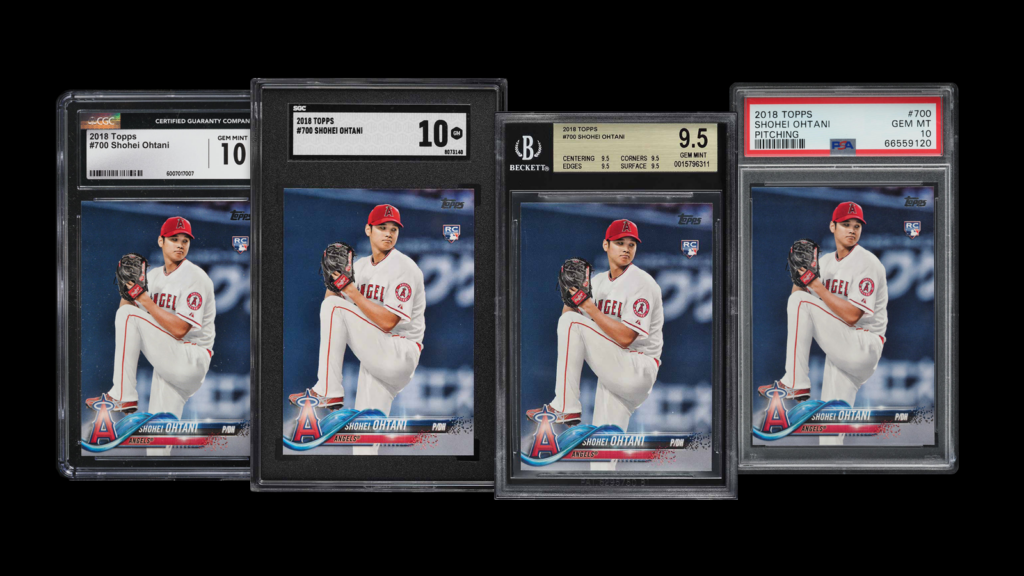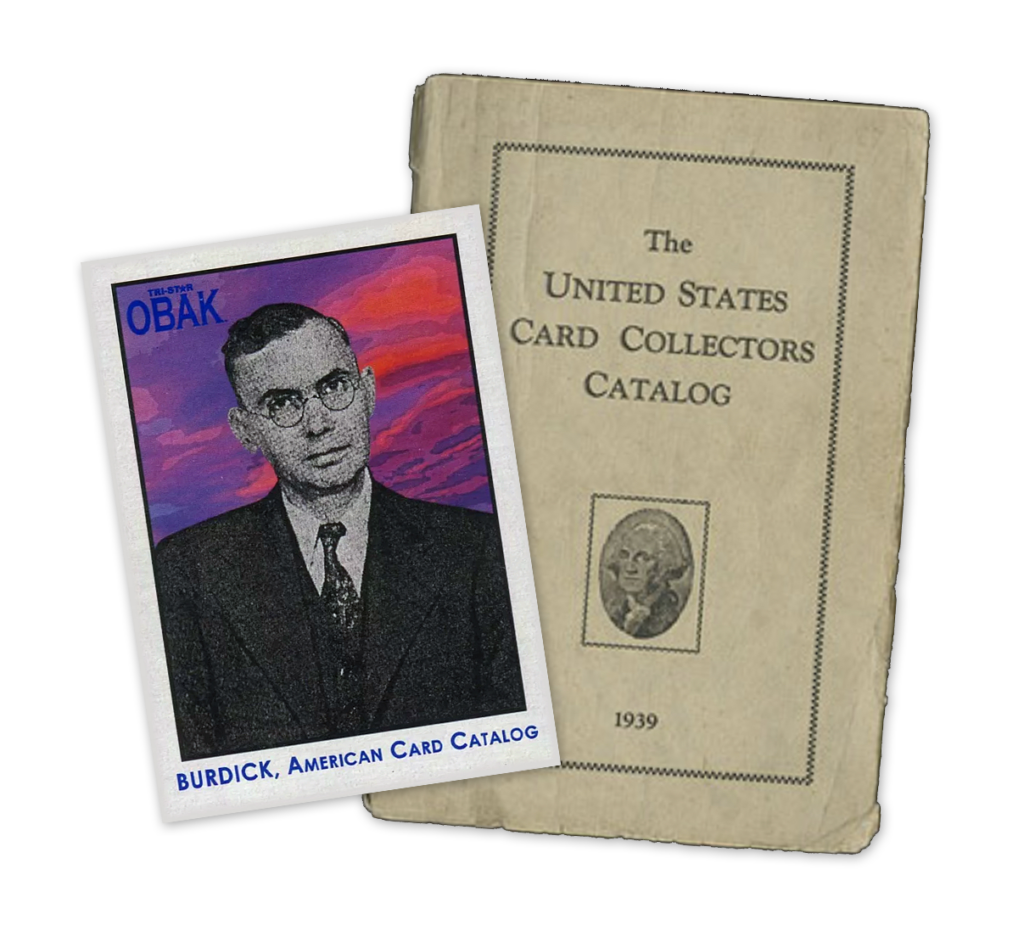This chapter will cover the basics of licensing and intellectual properties in trading cards. We will begin by explaining the meaning of licensors – who they are and what they do. We will also identify some of the leagues and players licensors in trading cards. We will then move on to discuss trading card licensees, what it takes to be a licensee and what the approval process of becoming a licensee entails. The concept of royalty and how to calculate royalties will also be explained in this unit.
By the end of this section, you will be able to demonstrate a comprehensive understanding of sports card licensing and its evolution over the years. You will gain the ability to review the roles and responsibilities of licensors and licensees, as well as identify key brands and intellectual properties that resonate with consumers. Additionally, you will analyze royalties and evaluate their influence on marketing and pricing strategies for retailers and consumers alike. This knowledge will provide valuable insights into the dynamics of the sports collectibles industry and its business practices.
Licensors
The licensors in trading cards are the sports leagues and players associations. They grant the license under intellectual property laws to an organization to use the team and league logos, marks, and wordmarks of a league and/or name, image and likeness of players to a company to produce and distribute trading cards.
The sports leagues and players associations we will focus on are those of the National Hockey League, National Basketball Association, National Football League, and Major League Baseball.
The leagues have the rights to the team logos, team marks, team names, trophies, championships, special events, etc. They protect the use and accuracy of these marks.
Players Associations (PAs) are the unions that represent the players on the rosters of the NHL, NBA, MLB and NFL teams. The PAs also oversee the business entities which represent the group commercial and licensing activities involving active current players. The names of the Players Associations are the NHLPA, NBPA, NFLPA (or Players Inc) and MLB Players.
Licensees
A trading card licensee is a company that holds the legal right to produce and distribute trading cards.
Companies don’t necessarily need licenses from both the sports league and the players’ union. For instance, a company might make cards showing a player’s name and photo without including team names or logos.
The current trading card Licensees (or the card companies) for the major sports, plus major entertainment properties, include:
Topps (topps.com):
- MLB & MLBPA
- NBA & NBPA
- NFLPA (without official NFL logos, will have NFL rights in 2026)
- NHL & NHLPA stickers
- UEFA club competitions (like Champions League)
- English Premier League
- German Bundesliga
- MLS
- F1
- NCAA, College (NIL)
- UFC
- WWE
- Star Wars
- Marvel
- Disney
- Pixar
- Nickelodeon
Panini (paniniamerica.net):
- NFL & NFLPA (until 2026, then Topps)
- Pro Football Hall of Fame
- Naismith Memorial Basketball Hall of Fame
- MLBPA (without official MLB logos)
- USA Baseball
- WNBA
- College NIL
- FIFA World Cup & FIFA competition
- UEFA Nations League
- Copa America
- Spanish La Liga
- Italian Serie A
- EuroLeague Basketball
- NASCAR
- LIV Golf
Upper Deck (upperdeck.com):
- NHL & NHLPA
- CHL
- Hockey Canada
- CFL & CFLPA
- College NIL
- DC Comics
- Looney Tunes
- Blizzard Entertainment
Territories
Territories are an essential aspect of sports card licensing agreements, as they define the geographical areas where licensed rights can be exercised. These agreements specify the regions where trading card products can be promoted, distributed, and sold, establishing clear boundaries for licensors and licensees. Territorial restrictions may vary from global rights to more focused regional or local markets, depending on the terms of the agreement and the target audience. This distinction is particularly relevant for global sports like soccer and basketball, while baseball, football, and hockey are primarily confined to North America.
Exclusives
Currently in the sports trading card, industry, leagues and players associations only offer exclusive licenses. However, an exception to this rule, is collegiate licensing. Where multiple manufacturers have the right to produce cards.
How does the approval process work?
The first thing is to ensure that the concept, brand, and product is approved. Once that is given the OK from the league and PA, then digital proofs are produced and submitted to be reviewed. This includes approval of all packaging and information on fronts and backs of all the cards.
What do the leagues check for?
Leagues look out for proper usage of logos, wordmarks, trademarks, and jerseys. The leagues also make sure the logos are current and correct. They also check for usage of trademarks, registered trademark symbols, legal text, etc.
What do the PAs check for?
The Players Association checks for the proper spelling and accuracy of players’ names, hometown, date of birth, height, weight, statistics and other information. They also want to make sure that players are presented in a positive light, both with the photography and biographical text.
What are royalties?
They are the sum of money paid to a licensor for the use of logos, marks, name, image and/or likeness. These monies are paid to both the league and players association, in separate licensing contracts.
How are royalties calculated?
Royalties are calculated as a percentage of the selling price (wholesale or retail) by the licensee to a distributor, retailer or individual. All licensing contracts are different and are not available to the public, but it is widely believed that typically a card company pays a 20% total royalty to the league and players association (10% to the league and 10% to the PA).
What are annual guarantees?
An annual guarantee is a fixed dollar amount the licensee must pay to the licensors at the end of each season. This is an annual amount applied across all trading-card products issued over the course of the season.
What is the royalty revenue used for?
It is a source of significant revenue for the general operations of the leagues. Regarding the players, it helps fund the players union (legal fees, etc.), as well as union business initiatives, like the NHLPA’s Goals & Dreams charity, or such events as the Rookie Showcase photoshoot.
What does it take to become a licensed trading card licensee?
First, the company would present a case and bid for the rights.
Here is what it takes…
- A detailed business plan, which includes first a marketing plan: outlining how to develop, produce and promote the product.
- A distribution plan: detailing how to get the product to the hands of consumers.
- A financial plan: describing how to cover all the costs and expenses for developing and producing the product, which includes creating the graphic designs, selecting and purchasing photography, physically producing the cards, paying for the advertising and promotion, etc.
- And finally, presenting the team: what experiences do key members of the team have in understand the market, produce a quality product, etc.
The guarantee on royalties is typically part of the financial plan. It should present forecasts on how and when that amount of money will be paid. It is typically in the millions of dollars per year.
The Rookie Card
If you know anything about cards, you know the power of those two words but licensing can potentially have a profound influence on the status of a potential rookie card.
Rookie cards are often (but not always) the most coveted and important cards during the career of an athlete, especially in the era where players did not have many different cards produced of them (before the mid-1990s).
The general definition of a Rookie Card today is the first league- and PA-licensed card of a player. However, collectors also deem a PA-only licensed as a Rookie Card, typically these hold lesser demand to collectors.
When are players eligible for their Rookie Cards?
In the NHL it’s once they appear on the active roster in a regular season or playoff game.
In the MLB it’s once they appear on the active roster in a regular season or playoff game.
It is important to note that Topps has the right to produce cards of a player as soon as they sign a pro contract, often these first cards, before they make their MLB debut, are referred to as Prospect Cards and are exclusively found in Topps’ Bowman brand. The cards are noted by a special “1st Bowman” logo.
In the NBA it’s once they are drafted and/or signed by an NBA team.
In the NFL, like the NBA, it’s once they are drafted and/or signed by an NFL team.
The MLB Rookie Card logo
In recent years, the definition of rookie cards has been further refined by organizations like Major League Baseball, which introduced guidelines in 2006 to standardize what constitutes an official rookie card. These rules require players to appear on a team’s active roster for their cards to bear the official “RC” logo.
Exceptions in Group Licensing
Players must sign a marketing agreement with their league and union before their rookie cards can be produced. When a player signs their league contract, they also sign a group licensing agreement with the players’ association, allowing the association to market the players collectively.
However, there have been a few notable exceptions over the years. For instance, Michael Jordan and Barry Bonds opted out of group licensing agreements towards the end of their careers. This decision reflects their desire to retain control over individual marketing rights and personal branding.
In 2000, LaVar Arrington, former NFL linebacker and three-time Pro Bowler, chose not to sign the NFL’s group licensing and marketing agreement during his career, preventing his name and likeness from being used in products. This caused a huge ripple in the trading card industry in 2000 as some of his cards were produced inadvertently.
Similarly, in 2024, NFL first-round draft picks Caleb Williams and Marvin Harrison Jr. delayed signing their group licensing agreements, resulting in their cards not being included in the first sets of the season.
Promoting Rookies
The leagues and players do a really good job promoting the up-coming rookie class with such events as:
- The Rookie Photo Shoot (in the NBA),
- The Rookie Premiere (in the NFL), and
- The Rookie Showcase (in the NHL)
Here’s a behind-the-scenes look at the 2020 NHLPA Rookie Showcase.
These events are great opportunities for the card companies to take dynamic in-action photos of the players before they play live games.
Many of these photos are used for the players’ first rookie cards.
Rookie Card Conclusion
Rookie cards remain a symbol of an athlete’s entry into professional sports and a cherished collectible for fans and investors alike. The debate over what qualifies as a rookie card continues, reflecting the evolving nature of the trading card hobby.
—
Next, Chapter 3: Brands & Manufacturers
You may also like…






